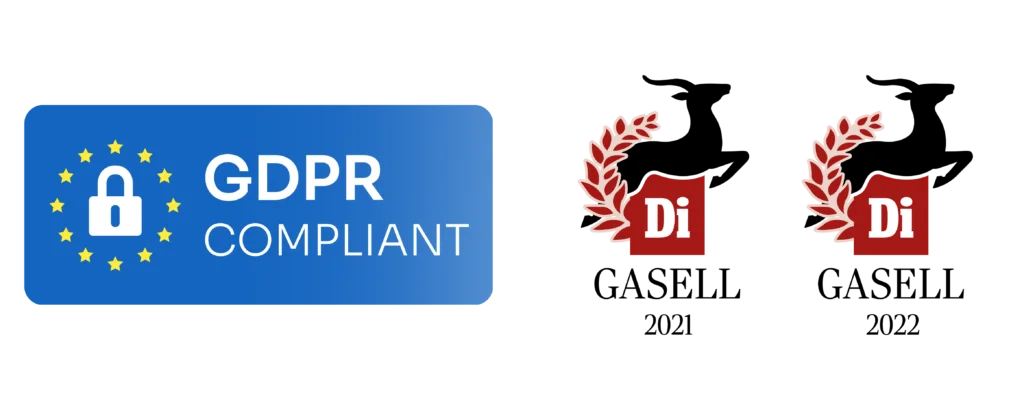WooCommerce integration
WooRule integrates order and subscription data from WooCommerce with the Rule Communications platform. Data is automatically sent from WooCommerce when an order event is triggered.
Additional information about this plugin can also be found on the WooRule plugin page.
Note: This article is intended for the latest WooRule version (v2.0+). For the knowledge base article based on previous versions (v1.x), see this knowledge article.
We will cover:
- Installation
- Events sent to Rule
- Custom fields sent to Rule
- Products back in stock
- Klarna Checkout
Installation
WooRule can be added to your WooCommerce store by either searching for "WooRule" directly in plugins or by downloading it manually from the plugin page ( https://wordpress.org/plugins/woorule/).

- Once installed, you will need to add a Rule API key to WooRule to link your Rule account to your WooCommerce store.
- The next step is to create an API key, which you can do by clicking the button https://app.rule.io/v5/#/app/settings/developer
- Open WooRule and paste the API key into the Rule API Key field. Click 'Save changes'

Once you have completed your settings, make a test call to Rule for all of your flows, and you will be able to see in your Rule account what data you are receiving and to which tag.
Usage
| Triggered events in WooCommerce | Description | Tag in Rule | Data sent to Rule |
| Cart in Progress | Cart updated | CartInProgress | Subscriber & Order Data |
| Processing | The order is paid and awaiting fulfillment | OrderProcessing | Subscriber & Order Data |
| Completed | Order completed and ready | OrderCompleted | Subscriber & Order Data |
| Shipped* | An order was shipped* | OrderShipped | Subscriber & Order Data |
*NOTE! This is a custom event trigger that will not be triggered unless manually set by the merchant.
Additional information about order events can be found in the WooCommerce documentation by clicking here!
Custom fields sent to Rule
Subscriber Fields
Subscriber.FirstName Subscriber.LastName Subscriber.Number Subscriber.Street1 Subscriber.Street2 Subscriber.City Subscriber.Zipcode Subscriber.State Subscriber.Country Subscriber.Company Subscriber.Source (WooRule)
Order Fields
Order.Number Order.Date (datetime) Order.Subtotal Order.Discount Order.Shipping Order.Total Order.Vat Order.Currency Order.PaymentMethod Order.DeliveryMethod Order.Names (multiple) Order.Brands (multiple) Order.Collections (multiple) Order.Tags (multiple) Order.Products (json)
Order Products JSON Field
Order.Products contains a JSON-formatted array with the details of the product/products in an order
brand name image price price_vat vat qty subtotal total
Order Billing Fields
Order.BillingFirstname Order.BillingLastname Order.BillingStreet Order.BillingCity Order.BillingZipcode Order.BillingState Order.BillingCountry Order.BillingTele Order.BillingCompany
Products back in stock
In the WooCommerce integration, you can use our standard set of our Back in stock API. To activate the function, log in to your WooCommerce page and go to WooRule. There is a checkbox under Product Alert.
Under settings, there is the possibility to set custom texts, settings for when the calls should be sent, and to which tags.

To have the Product Alert function on your WooCommerce login, version 2.8.0 is required. Download the latest version of the integration via this link.
Klarna Checkout
WooRule will automatically detect if your store has the Klarna Checkout plugin installed. If the Klarna plugin is installed and activated, you will see the following options on the WooRule settings page:

When this option is selected, the newsletter registration form will be displayed on the Klarna checkout form, as shown in the image below:

Stuck on a step? Contact us at support@rule.se and we will gladly assist you!
Was this article helpful?
That’s Great!
Thank you for your feedback
Sorry! We couldn't be helpful
Thank you for your feedback
Feedback sent
We appreciate your effort and will try to fix the article





